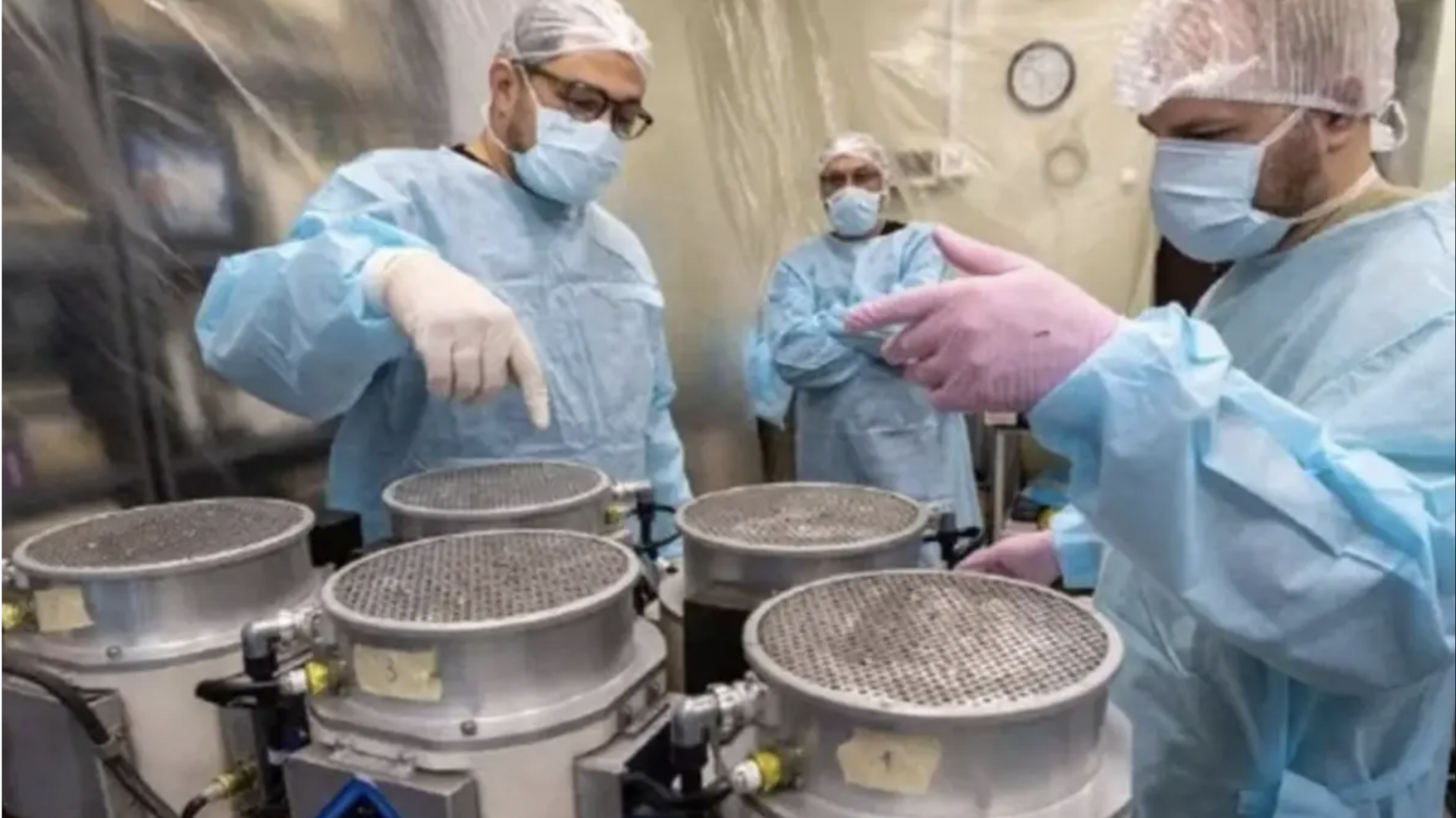
Why Russia is sending mice and fruit flies to space
What's the story
On August 20, Russia will launch the Bion-M No. 2 biosatellite from Kazakhstan's Baikonur Cosmodrome. The spacecraft, dubbed a modern 'Noah's Ark,' will carry 75 mice, over 1,000 fruit flies, cell cultures, microorganisms, and plant seeds for a month-long mission in space. The goal is to study how long-term exposure to microgravity and radiation impacts living organisms—critical information for future human spaceflight endeavors.
Mission upgrade
Increased radiation levels
The upcoming mission is an upgrade over the Bion-M No. 1 flight of 2013. However, this time around, the spacecraft will orbit at an inclination of about 97 degrees—a pole-to-pole path where cosmic radiation levels are much higher. Scientists expect a radiation increase of at least tenfold compared to the previous mission, simulating conditions similar to those experienced by astronauts on long-distance space flights.
Experimental design
Mice will be split into 3 groups
The mice, which are genetically similar to humans and highly radiation-sensitive, will be split into three groups. One group will stay under normal conditions on Earth, another in a ground-based simulator mimicking the spacecraft environment, and the third in orbit. This way, scientists can compare the effects of spaceflight with those on Earth.
Monitoring technology
Containers come with cameras, sensors
Each mouse container comes with systems for feeding, lighting, ventilation, and waste disposal. Cameras and sensors will provide real-time data, while some rodents will be implanted with chips to monitor physiological changes. After their return from space, scientists will study how the mice adapted to space conditions and how they readapted after returning under Earth's gravity.
Complementary research
Fruit flies will also be sent into space
Along with the mice, fruit flies will also be sent into space. Their well-studied biology and rapid generational turnover make them ideal for providing complementary data on radiation effects at the genetic and cellular level. The mission also carries lunar simulants—dust and rock analogs developed by the Vernadsky Institute of Geochemistry and the Institute of Medical and Biological Problems—to study how exposure to space radiation/vacuum conditions alters their properties.
Research implications
Data collected could also inform innovative strategies in terrestrial medicine
The Bion-M No. 2 mission is expected to provide valuable insights into the biological effects of microgravity and radiation exposure, directly applicable to future crewed missions to the Moon, Mars, and beyond. By studying radiation susceptibility, scientists hope to refine astronaut medical support requirements and develop countermeasures for long-duration spaceflight risks. The data collected could also inform innovative strategies in terrestrial medicine.